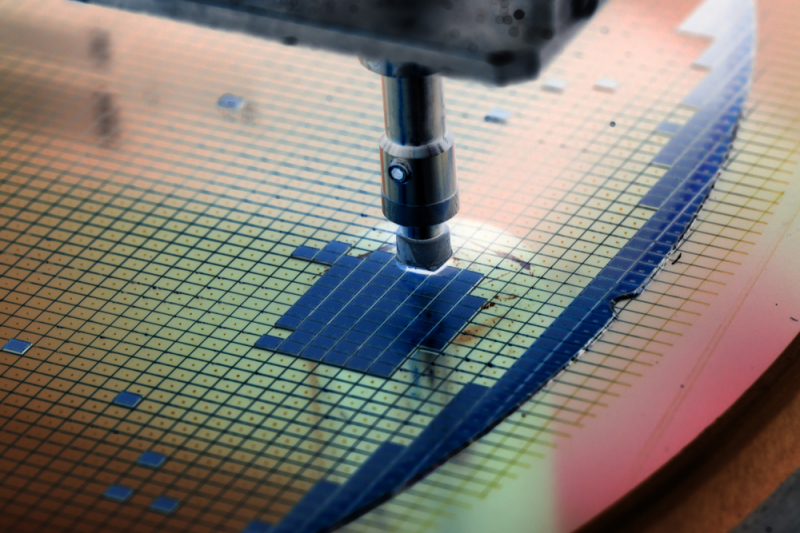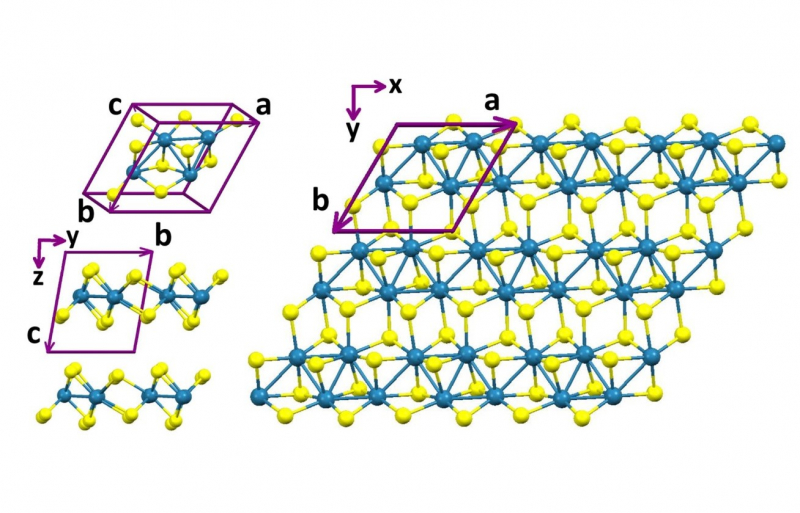What comes to your mind at the words “light refraction”? Many of us think of that picture from our school physics textbooks, in which light enters the sea surface with one angle and goes through it with a completely different one. Another popular way to demonstrate refraction is by placing a spoon inside a transparent glass filled with water – and see the spoon “break” at the interface of two media.
Any substance, be that water, air, glass, or a mineral, has a refractive coefficient. It tells us how much slower a wave travels in them compared to its velocity in vacuum. So when the coefficient equals 2, it means that the wave’s velocity in such a material is two times slower. The catch is that it’s not just the material that determines the coefficient but also the wavelength. High-frequency X-rays pass through any material like through vacuum. In certain materials, microwave and radio frequencies have their velocity cut down by 100 or even 500 times compared to vacuum.

Visible problems
Lasers, sensors, lidars, and other optical devices are becoming more and more popular. In the future, researchers and engineers expect to create optical chips and computers that will process information transmitted by movement of photons as opposed to electrons used today. To achieve this, they would need light sources, waveguides, and optical antennas as compact as possible. And here they face a difficulty.
Most interestingly, notes Ivan Iorsh, researchers don’t even know where to look for such materials. There are no clear or recognized criteria to help us predict the refractive coefficient for a substance before a physical experiment or rather complex calculational modelling. But will be altogether too long, expensive, and counterproductive to test or model every known material’s coefficient in search of the required optical properties. That was why a group of ITMO University researchers tried to find a measure that would mark the materials optics specialists need to analyse more.
Watch the band gap!
The researchers decided to focus on semiconductors from the start. The case is that metals can potentially have very high refractive coefficients but they heat up, when subjected to a powerful light source. It leads to energy losses, and the risk of overheating, which is crucial for production of devices such as optical antennas.

Semiconducting material made from silicon.
After extensive mathematical calculations, the researchers were able to identify a parameter that could point at how quick the light would pass through a semiconductor. This parameter depends on the band gap and the effective mass of an electron.
Unexpected discovery
The theoretical model demonstrated that the more the ratio is between these two parameters, the higher the refractive coefficient should be. First, the researchers tested their hypothesis on known materials such as silicon. Then they turned to materials that were not studied for their refractive properties.

Illustration from the paper.
The researchers have found a highly promising material for optical elements. The higher the refractive coefficient, the smaller the waveguides, optical resonators, and other elements needed in optical devices would have to be. Or they can remain the same size but will interact with light more efficiently. However, as Ivan Iorsh underlines, this discovery is significant not only because of this material.
Read the original article on ITMO University.
